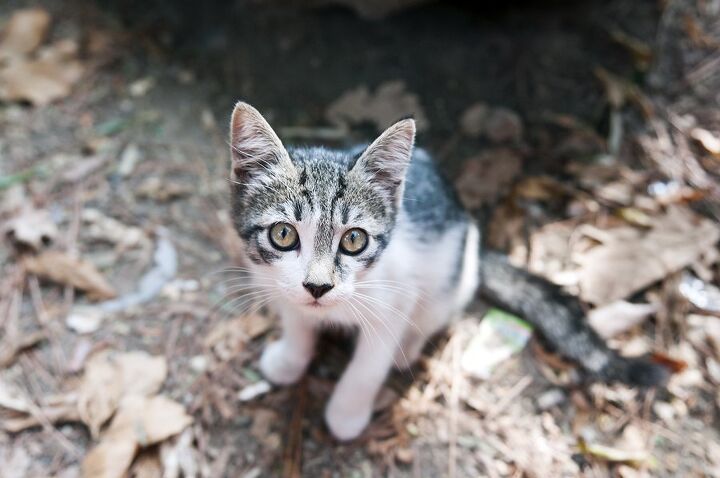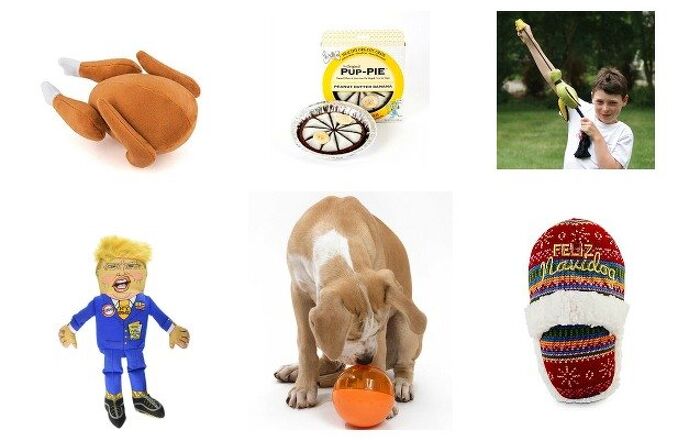
Here kitty, kitty! Cats don’t come with built-in GPS and will sometimes wander away from home. Use these tips for finding a lost cat to help ensure a happy ending.
Losing your beloved cat is absolutely devastating, but it doesn’t mean that you won’t be reunited. In fact, you might have read and heard stories about lost cats being found weeks, months, or even years after they went missing. So, try your best to stay positive while taking action to help your pet find his way home.
While some cats manage to make their way home on their own, you should take as many steps as possible to alert your community about your lost cat so that others can help you locate him as soon as possible. A house cat can fall victim to predators, the elements, abusive humans, and motor vehicles, so getting him back ASAP is imperative.
Don’t panic – keeping organized can help boost your chances of a happy reunion. Here are a few smart tips to keep in mind when trying to locate your lost cat.
Related:The Cat Question: To Microchip Or Not To Microchip?
Begin searching as soon as you realize your cat went missing. In other words, don’t waste any time. Go outside to see if your kitty is still in the area, as he might not have gone far. Starting the search right away might help increase the odds that you will find him before the distance between you increases and before anything happens to him.
Take your cell phone and at least one picture of your cat with you, along with a flashlight and your cat’s favorite treats. Stay calm and call out to your pet. Just keep in mind that he might be too frightened to come out even if he hears your voice, so carefully look through areas where he might be hiding.
Search around your house first, such as your backyard, shed, garage, crawlspace, etc. Then, ring neighbors’ doorbells to ask them if they’ve seen your cat and to ask if you can check their yards as well. Also, kindly ask your neighbors to search through their sheds, garages, under their porches, and in crawlspaces to look for your companion. Sometimes, cats get stuck inside with no way out, so it’s important to check those areas thoroughly.
During your search, you can even ask pedestrians if they’ve seen your cat. Who knows, they might have seen your kitty walking along the sidewalk, across the street, or on a neighbor’s front lawn.
Related:Findster, The GPS Pet Tracker With No Monthly Fees
If your initial search doesn’t result in you finding your pet, it’s time to take the next step, which is to make your community aware of your lost cat. Again, someone might have seen your cat walking around outside or in their yard, or people might have picked him up thinking that he was a stray. He might be in someone’s home or he might’ve been taken to a local animal shelter (more on that below). No matter what, getting the word out by telling your neighbors is important.
Post flyers around town with a color photograph of your cat, a description of him, and the date he was last seen. Include any unique details about your pet that make him stand out and easier to identify as yours. And if he wears a collar or is microchipped, make note of that on the flyer as well. That way, people will know that they can look for your contact info on a collar or get help from a shelter or veterinarian to check for a microchip.
Offer a reward if you’d like, as some people might work harder to find your cat, and may be more motivated to call you when they find him, if they know there’s something in it for them.
Once again, it’s also a good idea to ask people to check their garages, sheds, etc. right on the flyer as well. Just don’t add personal information, such as your address and full name. And you can decide if you want to include the amount of reward, if any, that you’re offering, or if you’d rather just let people know that there will be a reward.
As mentioned above, your cat might be seen and picked up by someone or by animal control, so it’s a great idea to get in touch with shelters and rescues in your area. They might invite you to go to their facility to leave flyers and fill out a short report. That way, they can alert you in the event your cat is found and brought in by a stranger.
Contact as many local animal shelters and rescue groups as possible to let them know about your missing cat. It’s also a good idea to contact your veterinarian, as well as other local vets, to let them know about your pet, in case someone brings in a kitty that fits the description.
The sooner you let these groups know about your missing pet, the better. If your furry friend ends up being taken to a shelter, you’ll want to get him out as soon as possible, and you’ll want to claim him before he is put up for adoption. Therefore, it’s wise to contact various shelters and vets right away to let them know you’re looking for your kitty.
Another strategic way to get the word out about your missing kitty is by posting about the situation online. You can post information about your missing cat on websites like lostpetdirectory.net, craigslist.org, tabbytracker.com, and missingpet.net, as a few examples.
Put the same information that’s found on your flyer within your online listing. If you can go into more detail, do so without giving away too much personal information for security.
Also, don’t forget to use the power of social media to your advantage as well. Social media is a great way to spread the word because you can create a post that can be shared by your friends and family. Plus, you can also find groups and pages that can help you get the word out to even more people.
Post your missing cat info on sites and apps like Facebook, Twitter, Instagram, TikTok, and any other platforms that you use. And directly ask your friends and followers to spread the word so you can expand your reach because the more people you have looking for your cat, the better. Remember, you need all the help you can get.
Leave a bowl of food and some water outside your door for your cat to find in case he’s in the area.
Indoor cats tend to be really scared when they’re outside on their own, so it may take until nighttime for your kitty to feel comfortable and safe enough to come out of hiding. Placing his food outside in an easy-to-find spot might encourage him to come home.
You might also be able to ask a local rescue group to lend you a trap that you can set up on your property in an effort to catch your kitty. Ask for instructions on how to use it safely and correctly, and then check on it often once it’s all set up, as your pet might end up going into it when you least expect it.
Finally, don’t put a timeframe on when you should get your cat back. Sometimes, a pet can be found within hours or days. Other pet owners find their kitties after a week or more.
Don’t give up, keep putting the word out about your missing pet, and search the area regularly at various times of the day and night while calling out to your cat in an effort to find him soon. Hopefully, you’ll be able to reunite before you know it!














